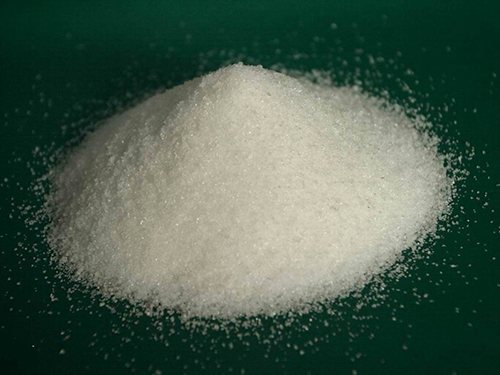coagulation and flocculation
Coagulation and Flocculation Essential Processes in Water Treatment
Coagulation and flocculation are essential processes in water treatment, crucial for improving water quality and ensuring it is safe for consumption
. These processes involve the removal of particles and contaminants suspended in water, including organic matter, pathogens, and colloidal substances.The coagulation process begins with the addition of coagulants, which are chemicals that destabilize the suspended particles in water. Common coagulants include aluminum sulfate (alum) and ferric chloride. These chemicals work by neutralizing the charges on the particles, allowing them to come together. When particles are destabilized, they lose their negative charge and can begin to stick together, forming larger aggregates known as flocs.
Once coagulation has occurred, the next step is flocculation. This step involves gently mixing the water to facilitate the growth of flocs. During flocculation, added polymers may be used to enhance the formation of larger aggregates by providing additional adhesive properties. The mixing must be gentle to avoid breaking apart the newly formed flocs, allowing them to grow bigger and heavier.
coagulation and flocculation

After sufficient time has elapsed for floc formation, the water is then subjected to sedimentation or flotation processes. During sedimentation, the heavier flocs settle to the bottom of the treatment tank, forming a sludge layer that can be easily removed. In flotation, air bubbles are introduced, allowing the flocs to rise to the surface, where they can be skimmed off. Both methods effectively reduce the concentration of suspended solids in the water.
The efficiency of coagulation and flocculation is influenced by several factors, including pH, temperature, and the type and dosage of coagulants used. Monitoring these factors is crucial for optimizing the treatment process and ensuring the best possible water quality. Advanced water treatment plants may also employ additional methods, such as filtration and disinfection, following coagulation and flocculation to further enhance water purity.
In conclusion, coagulation and flocculation are vital processes in the field of water treatment, transforming dirty water into a clearer, safer product for human use. By understanding and optimizing these processes, we can ensure that our water supplies remain clean and reliable, promoting public health and environmental sustainability. As water scarcity becomes an increasing global issue, efficient water treatment processes such as these will be essential for safeguarding our most precious resource.
-
Understanding Polycarboxylic Acids: Properties, Applications, and Future PotentialNewsJul.28,2025
-
Scale Inhibitor Explained: How to Protect Your System from Limescale and Hard Water DamageNewsJul.28,2025
-
Scale and Corrosion Inhibitors: Essential Chemicals for Industrial Water System ProtectionNewsJul.28,2025
-
Polyaspartic Acid: A Biodegradable Polymer for Sustainable ChemistryNewsJul.28,2025
-
Isothiazolinones: A Versatile Antimicrobial Class with Industrial Power and Regulatory ChallengesNewsJul.28,2025
-
A Deep Dive into 2-Phosphonobutane-1,2,4-Tricarboxylic Acid (PBTC)NewsJul.28,2025





